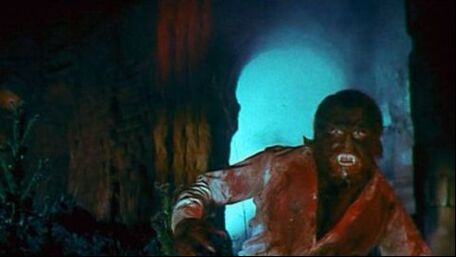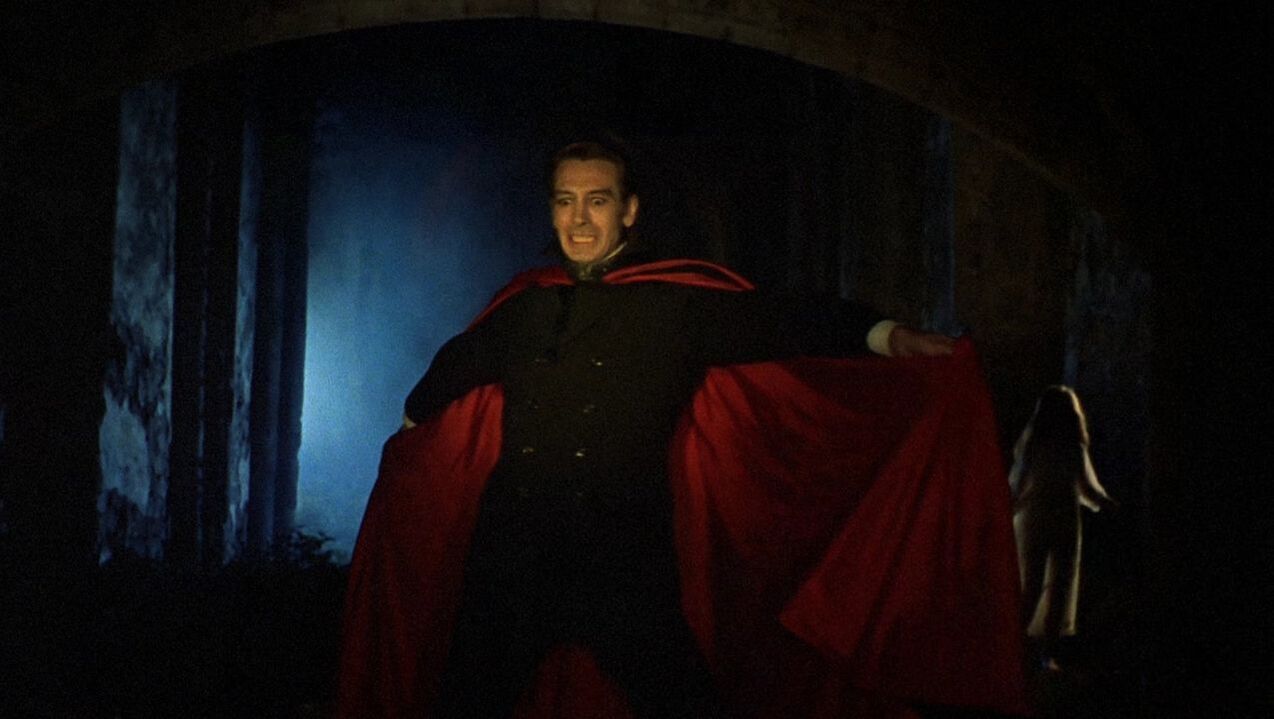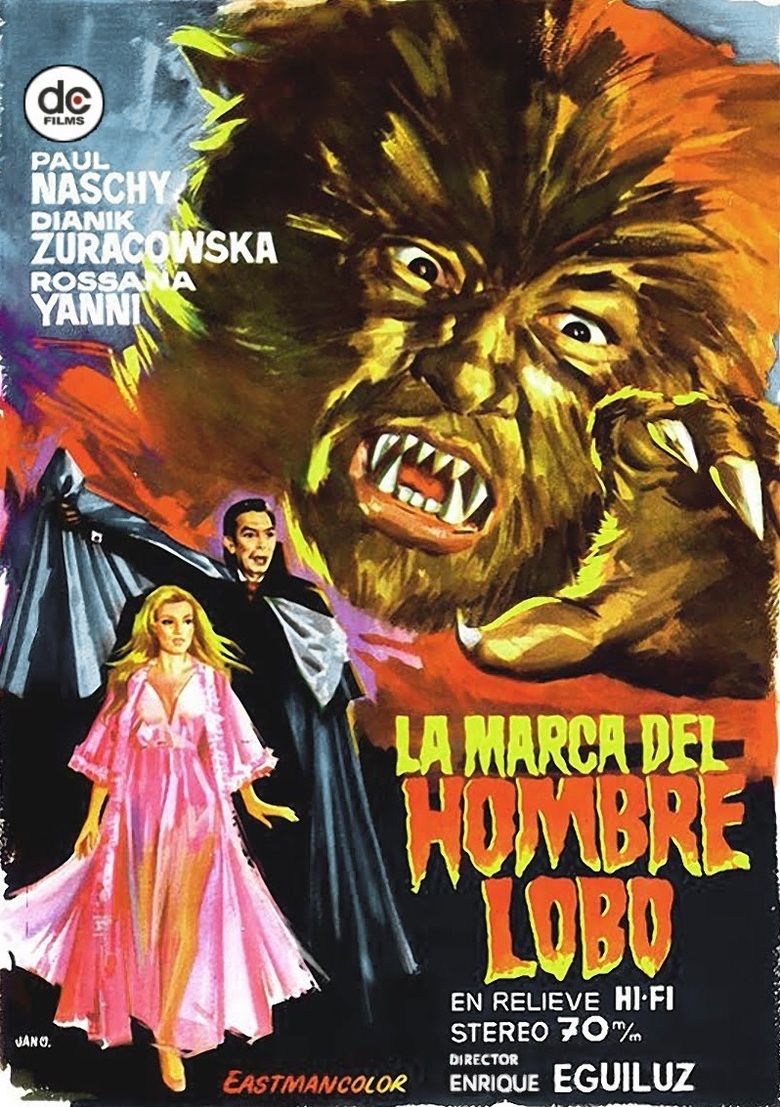[Tearing Through Werewolf Cinema] 'Mark of the Wolf Man' Made a Horror Star Out of Paul Naschy!11/18/2020  Welcome to a weekly series in which Doris V. Sutherland takes readers on a trip through the history of werewolf cinema... ...In Mark of the Wolf Man (1968) a notorious werewolf named Imre Wolfstein rests in a tomb below an abandoned castle. He was slain with a silver crucifix driven into his heart, but as fate would have it, this was not sufficient: unless a werewolf is killed by someone who loves them, the death will be only temporary. And so, when two grave robbers arrive at the castle and pull the crucifix from Wolfstein’s heart, he returns to life. The werewolf is eventually subdued, but only after biting a young aristocrat named Waldemar Dalinsky (Paul Naschy) and infecting him with lycanthropy. While Waldemar decides that he must be slain with a silver bullet for the greater good, his friends Janice (Dianik Zurakowska) and Rudolph (Manuel Manzaneque) hold out hope that he can be cured with the help of werewolf expert Dr. Mikhelov. Trying to track down the doctor, they find a man (Julian Ugarte) who purports to be Mikhelov’s son. But it turns out that both Mikhelov and his wife Wandesa (Aurora de Alba) are vampires! Directed by Enrique López Eguiluz and written by star Paul Naschy, Mark of the Wolf Man (originally released in Spain as La marca del Hombre Lobo) is the first in a series of films featuring Naschy as werewolf Waldemar Dalinsky. It did not arrive in America until 1971, when it was picked up by Independent International Pictures and—bizarrely—retitled Frankenstein’s Bloody Terror, purely so that it could be packaged as a double-bill sequel to Al Adamson’s Dracula vs. Frankenstein (surely billing it as a Dracula film would have made more sense, given the presence of vampires and a distinct lack of Frankenstein monsters?) The distributors did their best to paper over the rather obvious cracks, adding a prologue in which a voiceover positions Imre Wolfstein as a member of the Frankenstein family tree: Now, the most frightening Frankenstein story of all as the ancient werewolf curse brands the family of monster-makers as Wolfstein! Wolfstein, the inhuman clan of blood-hungry wolf monsters! Whatever its name may be, Mark of the Wolf Man spends much of its time borrowing from earlier films. The Universal Wolf Man series is an obvious influence, particularly the monster-mash crossover element of the later instalments (even the idea that a werewolf must be killed by a lover comes from House of Frankenstein). Paul Naschy also appears to have seen Dr Terror’s House of Horrors, which featured a werewolf named Waldemar being awakened from his Gothic tomb. On a more interesting note, the film seems to have lifted a large amount of its aesthetics from Roger Corman’s Edgar Allan Poe series—particularly the more dreamlike, expressionistic elements. Waldemar’s transformations are accompanied by camera distortions, oddly-coloured lights and discordant operatic wailing on the soundtrack (and, in the first case, a piece of expressionistic art hanging on the wall in the background for good measure). This does a considerable amount to enliven a routine story, and brings werewolves right into the era of psychedelia. The early stretches of the film suffer from slow pacing: protagonist Waldemar doesn’t get turned into a werewolf until a third of the way in, before which he holds absolutely no interest as a character (actor/writer Naschy might have overestimated the appeal of his screen presence here). But once it gets going Mark of the Wolf Man becomes an oddly engaging mixture of Universal monster-mash, low-budget psychedelic direction and various offbeat touches (witness the two vampires who communicate with each other in mime). In its own time, Mark of the Wolf Man was successful enough not only to spawn a whole cycle of Waldemar Dalinsky films—making him the first werewolf since Universal’s Larry Talbot to sustain his own series—but also to turn Paul Naschy into Spain’s biggest horror star. While it hasn’t aged particularly well, the trippy-Gothic aesthetic having been done better not only by the Corman Poes but by some of the later Hammers, it retains enough oddball energy to be worth a look from genre aficionados. By Doris V. Sutherland
0 Comments
Leave a Reply. |
Archives
March 2023
|


 RSS Feed
RSS Feed